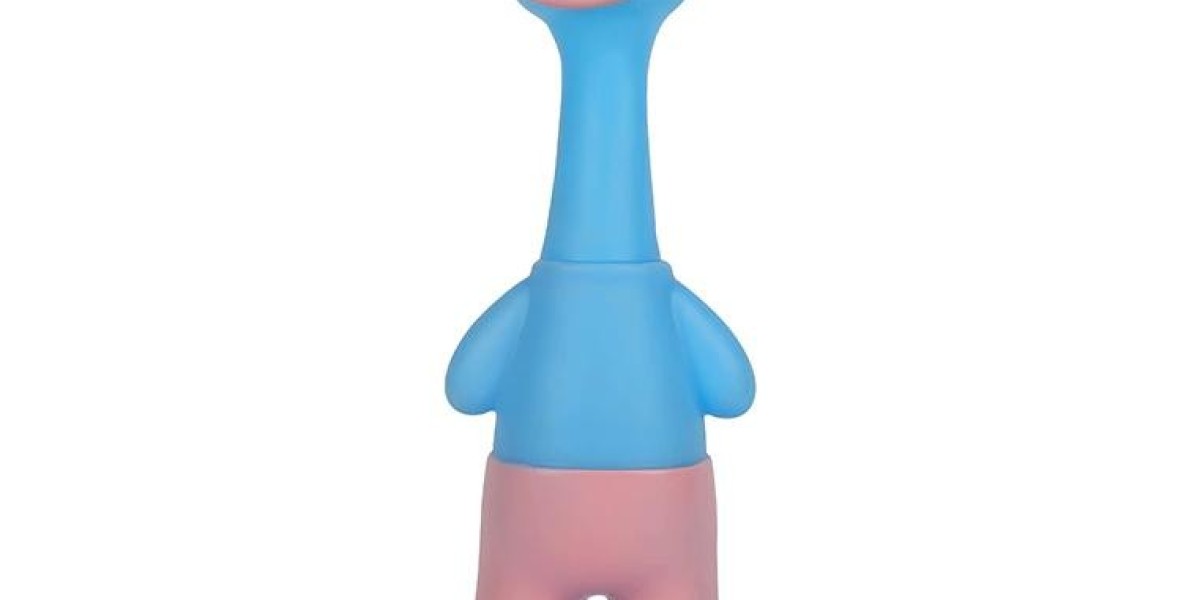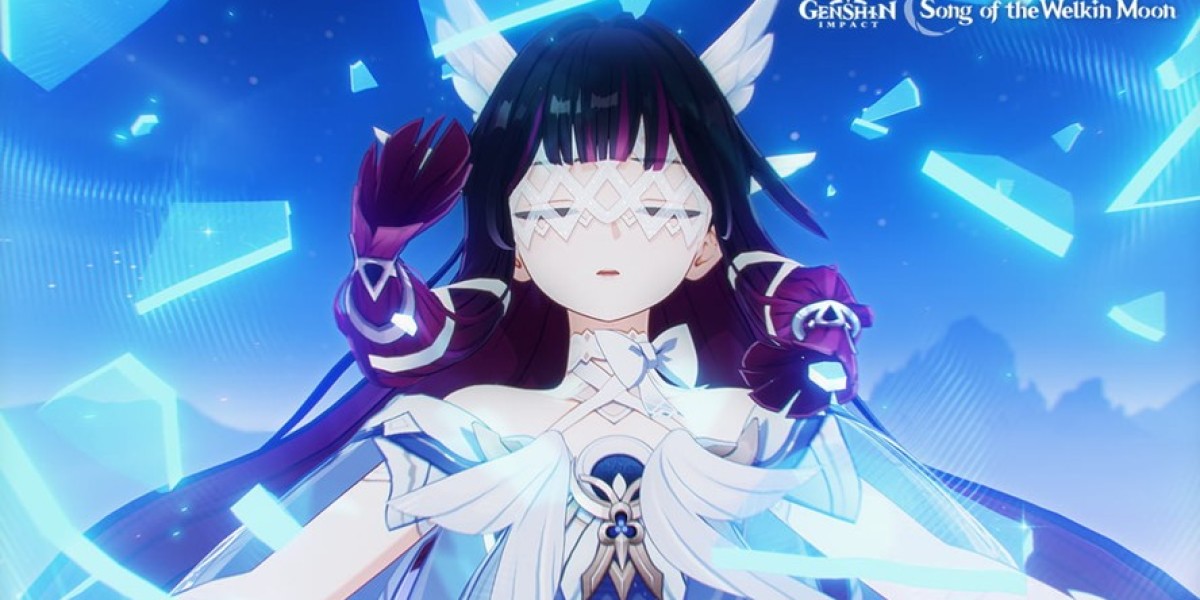1. Initial Requirement Communication
The first step with Screaming Toys Factory is clarifying custom details. Purchasers need to provide specific requirements: for logo customization, specify the logo format (vector files like AI or EPS are preferred for clarity), size, color (Pantone color codes ensure accuracy), and placement (e.g., toy body, handle). For shape adjustments, share reference sketches, 3D models, or sample toys—note key changes like modifying a toy’s length, adding/removing parts (such as a button), or adjusting texture. The factory will also confirm basic parameters: target toy type (e.g., plush screaming toy, plastic interactive toy), material preferences (e.g., eco-friendly ABS plastic, soft short 绒), and quantity (to align with production capacity). This stage typically takes 1–2 business days, with the factory sending a requirement summary to avoid misunderstandings.
2. Design Proposal & Confirmation
After receiving the requirements, Screaming Toys Factory develops a design proposal. For logo customization, the design team creates 2–3 layout options, showing how the logo fits the toy’s shape without affecting functionality (e.g., ensuring a logo on a screaming toy’s surface doesn’t block the sound hole). For shape adjustments, they provide 2D renderings or simple 3D drafts, marking modified dimensions and structural changes—for example, if adjusting a plush screaming toy’s size, they’ll specify the new length, width, and how it impacts the internal component. Purchasers can request revisions (e.g., adjusting logo color, modifying a toy’s curve) until satisfied. This stage usually takes 3–5 business days, and once confirmed, both parties sign a design confirmation document to lock in details.
3. Prototype Sampling & Testing
Next, Screaming Toys Factory produces a physical prototype. For logo customization, the prototype will have the logo applied using the chosen method—common techniques include screen printing (for flat surfaces, cost-effective for large quantities), heat transfer (for curved or textured surfaces, durable), or embroidery (for plush toys, soft to touch). For shape adjustments, the prototype reflects all structural changes, and the factory tests key functions: for a screaming toy, they check if the modified shape affects sound volume, battery installation, or durability. The prototype is then sent to the purchaser for inspection—purchasers can test the toy’s feel, confirm logo accuracy, and verify shape consistency with requirements. Sampling takes 5–7 business days, and 1–2 rounds of prototype revisions are usually allowed if adjustments are needed.
4. Production Planning & Deposit Payment
Once the prototype is approved, Screaming Toys Factory finalizes production plans. They provide a detailed quotation, including costs for material, customization (logo printing/shape modification), labor, and packaging. The quotation also specifies the production cycle—typically 10–15 business days for small batches (500–1,000 units) and 20–25 days for large batches (10,000+ units), depending on complexity. Purchasers need to pay a deposit (usually 30%–50% of the total cost) to start production. The factory then prepares materials: for logo customization, they order the required inks or threads; for shape adjustments, they adjust molds (if using plastic) or modify cutting patterns (for plush toys) to match the confirmed design.
5. Mass Production & Quality Inspection
During mass production, Screaming Toys Factory conducts in-process quality checks. For logo customization, they randomly inspect 5%–10% of products to ensure logo color doesn’t fade, position is accurate ( within 1mm), and there are no smudges. For shape adjustments, they check if each toy’s dimensions match the prototype and if functions (like ) work normally. After production, a final inspection is done: all toys are checked for defects (e.g., loose seams, uneven logo printing, sound malfunctions), and a sample report is sent to the purchaser. If qualified, the remaining balance is paid, and the factory arranges packaging—custom packaging with the purchaser’s brand can also be added at this stage.
6. Delivery & After-Sales Support
The last step is delivery. Screaming Toys Factory offers logistics options (e.g., sea freight for large batches, air freight for urgent orders) and can assist with customs clearance if shipping internationally. They provide a tracking number so purchasers can monitor the shipment. After delivery, the factory offers after-sales support: if there are minor issues (e.g., a few toys with logo defects), they provide a replacement or refund plan. For future reorders, the factory keeps the custom design files, simplifying the process for subsequent customization.



